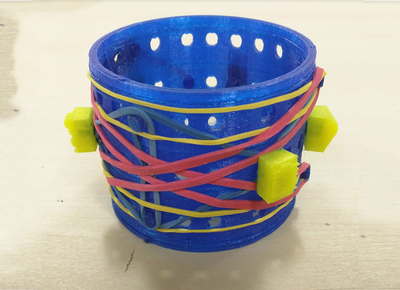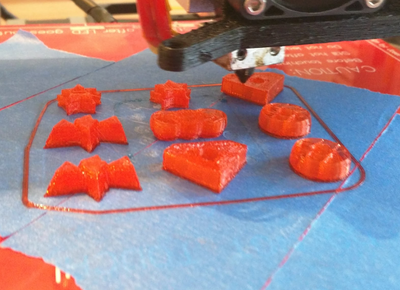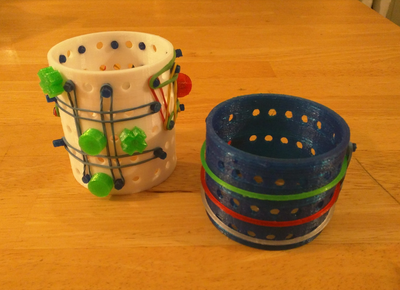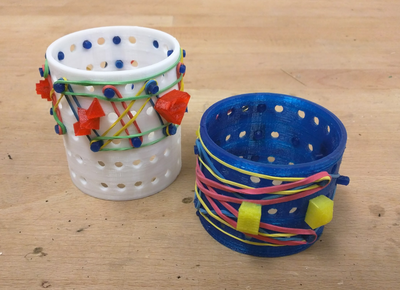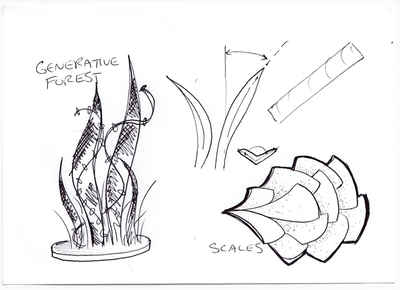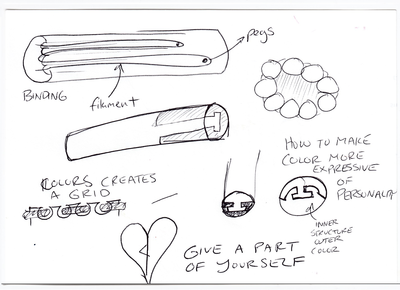Subservisive Accessibility For Grade School Students
A challenge for designing prosthetic devices for grade-school children is the abandonment of devices after the novelty of the device has worn off. Children may find that they are able to accomplish more without the device or the device is too burdensome to use in daily life. One avenue for quickly increasing long-term use is customizability and personalization. Personalization enables the child to more easily connect with their prosthetic, and customizability enables the child to continually change their prosthetics as their tastes and needs change.
In this class project, my team developed a simple peg system for prosthetic devices and explored how such a system could enable expressivity for children. We prototyped three main avenues for expressivity: aesthetic, social, and utility. We hope that future 3d fabricators interested in developing prosthetics for children will include more features that allow children to proactively customize their prosthetic and not just accept a custom-fabricated prosthetic.
